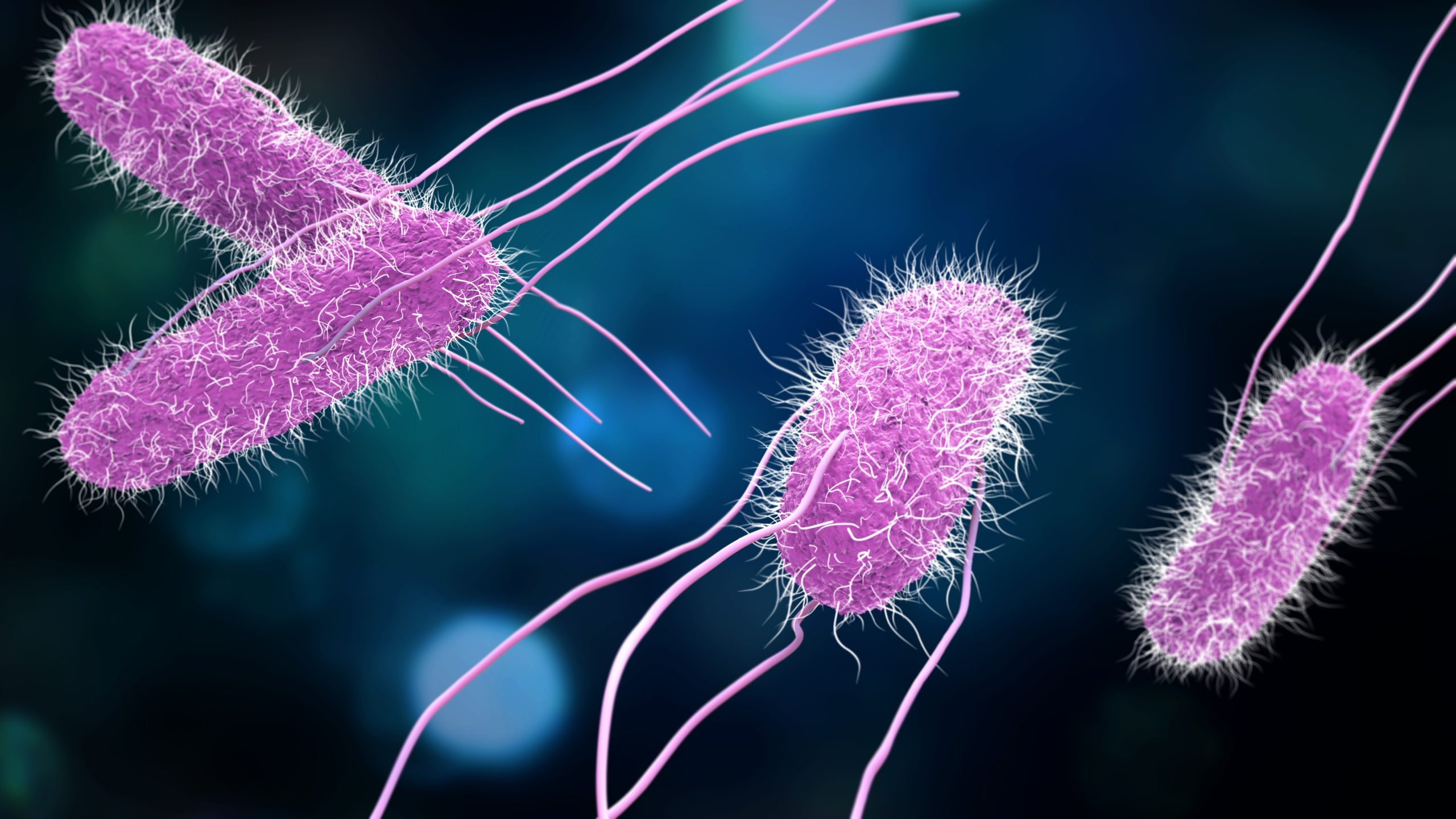Cross-contamination presents a significant challenge in research and development facilities, where maintaining the integrity of experiments is essential for scientific advancement. Identifying common scenarios and using effective controls will keep research outcomes valid and reliable.
Common Contamination Scenarios in Laboratories
Cross-contamination in research facilities occurs when samples, equipment, or surfaces become contaminated with foreign substances or microorganisms, skewing experimental outcomes. For example:
- Sharing equipment without proper decontamination or disinfection can compromise experimental integrity, potentially misrepresenting research results and impeding scientific progress.
- Improper handling or labelling of biological samples and reagents can also result in a contamination risk between experiments, leading to inaccurate data.
Risks Associated with Cross-Contamination in Research Labs
- Compromised Research Results & Experimental Integrity: In research facilities, cross-contamination between samples or experiments can have adverse effects on research results, undermining the credibility of research findings and damaging their reliability and validity. This leads to skewed experimental outcomes, wasted resources, and hinders scientific progress.
- Safety Risks: Personnel may be at risk from cross-contamination incidents, including exposure to hazardous pathogens, chemicals, biological agents, or infectious materials. Failure to properly handle contaminated samples can result in accidents, spills, or exposures that put personnel health and safety at risk.
Cross-Contamination Control Strategies for Research Facilities
By completing a risk assessment and adhering to these strategies, research facilities can uphold the validity and reliability of their research outcomes, driving scientific progress and contributing to the advancement of knowledge.
Health and Safety for Workforce
Establishing strict rules for personnel, including the use of Personal Protective Equipment (PPE) like lab coats and proper handling of hazardous materials, is essential to ensure a safe working environment. They reduce the risk of exposure and prevent cross-contamination of materials.
Protective Equipment & Environment
Implementing protocols for the cleanliness, maintenance, and calibration of laboratory equipment minimizes the risk of cross-contamination between experiments. Dedicated equipment for specific research applications, like biological safety cabinets and proper labelling and storage of research samples, further mitigate the risk of potential cross-contamination.
Personnel Training & Education
Providing comprehensive training on laboratory safety practices, including cleaning and disinfection of contaminated surfaces, will aid in cross-contamination prevention. This reinforces awareness and compliance among researchers, laboratory technicians, and support staff.
Dycem
Using specialized Dycem products, such as Cleanzone and Floating Mats, alongside established contamination prevention methods will maintain the highest standards of cleanliness and safety in research facilities. These antimicrobial surfaces are engineered to capture and hold particles, greatly minimizing the movement of contaminants into sensitive areas. By placing these mats at critical entry and exit points, as well as in areas with heavy foot traffic, research facilities can substantially reduce the risk of unwanted pollutants and particulates affecting the integrity of experiments and research outcomes.
Prevent Contamination in Research Facilities with Dycem
Looking to enhance your research facility’s operations? Explore our advanced solutions to prevent cross-contamination from undermining your research results and maintain the integrity of your experiments. Contact us today to find out how our products can strengthen your dedication to research quality and reliability.

